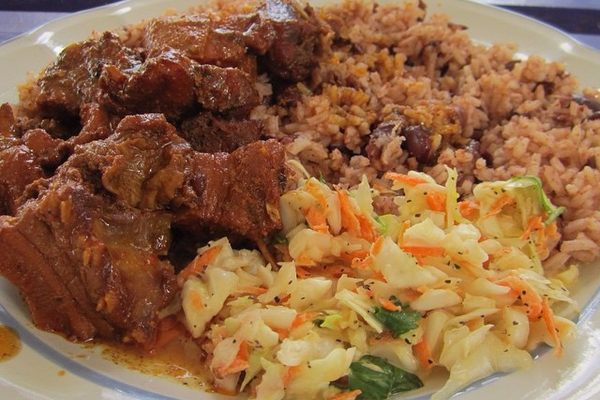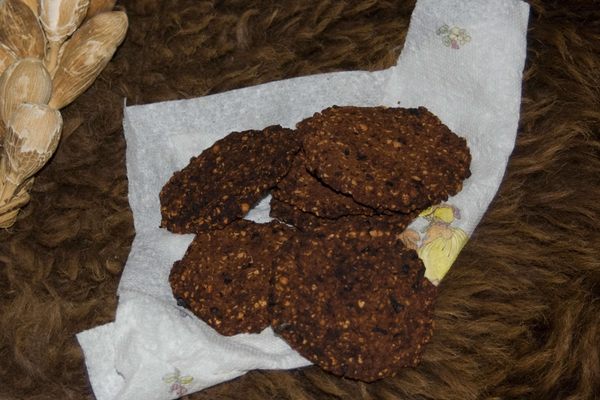To make moose muffle stew, you must first abandon any dream of mounting your moose head over the fireplace. Instead, the muffle, or nose, including the moose’s gargantuan upper lip and nostrils, will become the centerpiece of a savory dish found throughout the northern regions of North America, especially Canada and Alaska.
Preparing moose muffle stew is no easy feat. First, the muffle must be cleaned, skinned, and cut into chunks. The simplest stew might feature chopped muffle, a diced onion, and fat salt pork simmered gently in a kettle for several hours. But most muffle-stew masters agree that throwing in moose bones (especially from the jaw) or specifically bone marrow adds essential depth to the broth. Many chefs also add potatoes, carrots, and beans near the end of the cooking process, while others enhance the stew’s heartiness and texture by adding flour dumplings or rice.
When stewed slowly, the meat and marrow tenderize, releasing their umami flavor. One man dining at a Native American outpost in the late 19th century described a meal featuring moose muffle as “the most toothsome and savoury of all the dishes within the range of the gastronomic art. It is white and tender as spring chicken, yet firm and substantial as fresh beef, with a flavor combining the excellencies of both.” During the same period, the widowed proprietor of a Canadian boarding house became so famous for her moose muffle soup that it was jarred and shipped to England.
Though less commonly found on tables today, moose muffle still finds its way onto the grill or into the stew pot in hunting communities throughout North America.
Written By
 Leigh ChavezBush
Leigh ChavezBush














